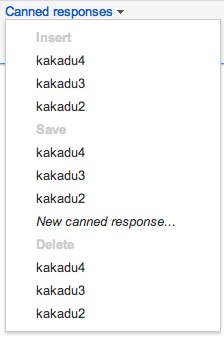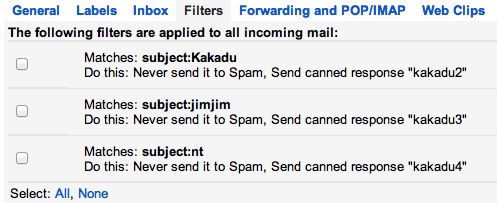 I’m feeling disillusioned and sad today.
I’m feeling disillusioned and sad today.
When I was much younger I met someone that truly amazed me. They were young at the time too, full of interesting ideas and brilliant thinking. They were different to everyone around them and they stood out because of their genius. I loved being exposed to their thinking, and they made me see the world differently. They let me explore the world in ways I hadn’t really considered before. Looking back, I think I could even say their ideas have shaped my personality in ways that I probably wasn’t even aware of, and I ended up choosing a career path based on the passion they instilled in me.
They always impressed me. They had attention to detail that was astounding. They inspired me, and millions of others too. They came up with incredible ideas that were brilliantly different, and they had a profound influence on the world around them. Of course, they had influences of their own too, and they were often shameless about taking the seeds of good ideas of others and reinterpreting them in ways that surprised us all.
It wasn’t always easy for them. Like many others, they had their ups and downs. Over the years my direct involvement with them came and went. There were times they disappeared from my sight and I didn’t think much about them, but they were still always there in the background, influencing others as always. Every so often we would get reacquainted, and I would remember what I loved about them. They really were quite amazing, and I often felt I had a special relationship with them because we had shared so much over the years. A few years ago we rekindled our relationship, and I remembered why they were so special to me. I would always advocate for them, even when others were unable to see their genius.
Then they started to change. I don’t know whether it was the success that went to their head, or whether their ego had just grown out of proportion. But they changed. They started to be mean to others. They started to get ridiculously overprotective and precious about their ideas. At first one might have sympathised with them… being the popular kid isn’t easy when everyone wants to be just like you. The attention and success, which they wanted for long, finally arrived and everyone loved them, but as their popularity grew they started pushing others around. They jealously guarded their ideas, and instead of continuing to astonish us all with brilliance and insight, they started bullying others around them. They became a fingerpointing whiner, so afraid of losing their popularity that they began to act in all sorts of antisocial ways to protect it.
They say there are two ways to have the tallest building in town. One way is to build the tallest building. The other is to destroy all the other buildings. Even though they really were the tallest building already, they decided to destroy the other buildings anyway.
I’m disappointed because I expected better. I’m disappointed because I still want to admire them and respect them, but it’s hard to admire and respect a bully. It’s disillusioning to have a lifetime of admiration for someone only to realise that they have changed to the point where you don’t even know who they are anymore. They have lost their soul. I still admire their brilliance, but I can’t stand who they have become. It makes me want to turn my back on them.
I’ve become appalled at they way they treat others, at the bloody-mindedness they have been exhibiting lately. I detest their greed, and how they can’t play nicely anymore with those around them, and the calculated way in which they greedily stomp on anyone they feel has wronged them. Today, they really showed how greedy and selfish they can be, and it makes me very sad to see what they’ve become.
Oh Apple, I thought you were so much better than this.
CC Image: http://www.flickr.com/photos/0rangeya/2058198168/ BY-ND


